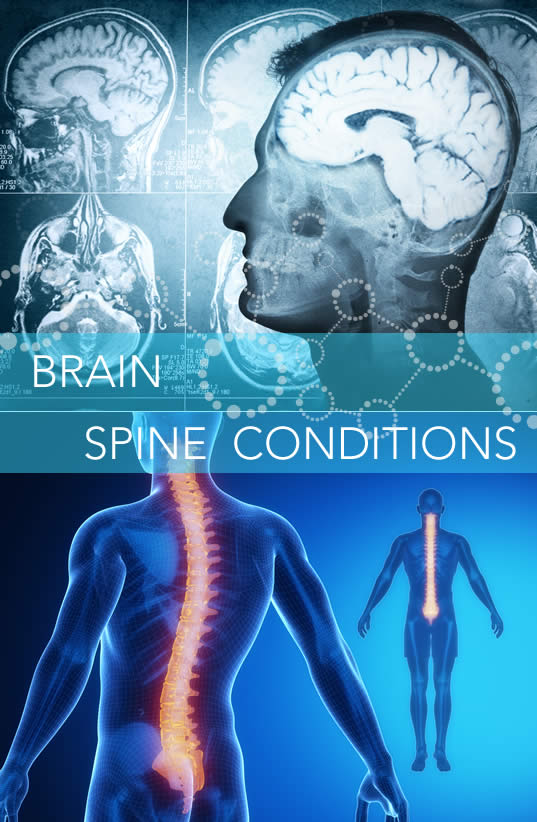
Fractures Specialists
What fractures typically affect the spine?
While the bones of the spine may be damaged through major trauma, such as a car accident or other injury, there are some conditions that primarily affect the vertebrae, which then behave differently than other damaged bones.
For example, compression fractures of the spine often affect women after menopause who suffer from osteoporosis, a condition where bones become less dense and lose mass. Even though men aren’t as susceptible to osteoporosis, the aging process means that compression fractures affect them, too. Tumors and other bone conditions may contribute to these fractures as well.
Compression fractures cause the affected vertebrae to collapse, usually in an uneven way, with the front of the spine falling, while the rear doesn’t. Untreated, these fractures may contribute to a stooping posture over time, creating other symptoms as time goes on.
What are the symptoms of compression fractures?
Frequently, there are no symptoms in the early stages, and your condition may be discovered through X-rays taken for another reason. Rapid fractures can occur, and these are usually accompanied by similarly sudden back pain. Otherwise, later symptoms of compression fractures typically include:
- Stooped posture and a height decrease
- Back pain that gets progressively worse
- Back pain that’s there when standing, but relieved when lying on your back
- Numbness, tingling, or pain in arms or legs, including problems with grip strength or walking
- Trouble controlling your bladder or bowels
How are compression fractures treated?
Before considering surgery, the underlying cause of the compression fractures may be treated, such as vitamin D therapy for osteoporosis. Medication, rest, braces, or physical therapy may all be attempted before surgery is considered.
There are several types of surgery that are commonly used with compression fractures. A vertebroplasty injects a special cement into the affected bone. This may also be done after a small balloon raises the collapsed portion, after which the cement is injected, a procedure called a kyphoplasty.
Spinal fusion techniques may be used to repair some injuries, while spinal tumors typically remove the tumor first, then repair the damage to the bone later.
It’s not unusual to think of bone fractures as orthopedic issues – mechanical problems that require mechanical solutions. However, when the bones of the spine are involved, the spinal cord becomes an important consideration.
The surgeons of Arizona Neurosurgery and Spine At The CORE Institute, located in Phoenix and Peoria, Arizona, intimately understand the way the components of the spine work together, making them the obvious choice when your fracture has a neurological element.

